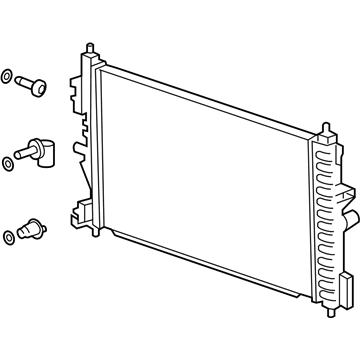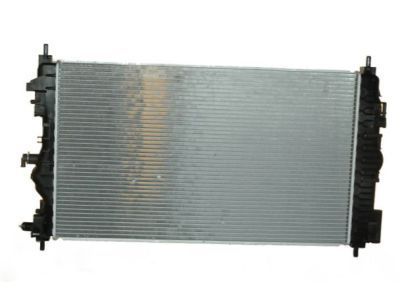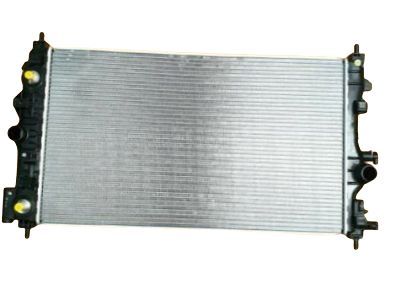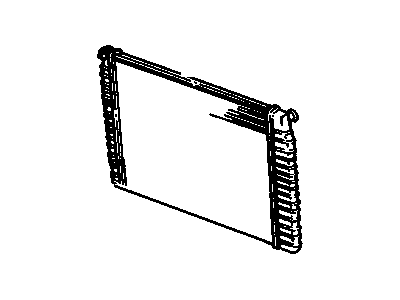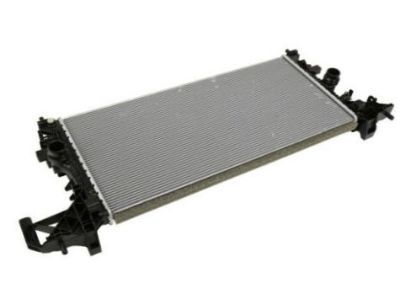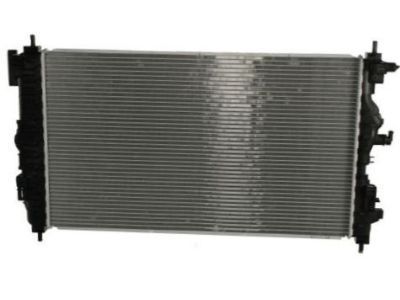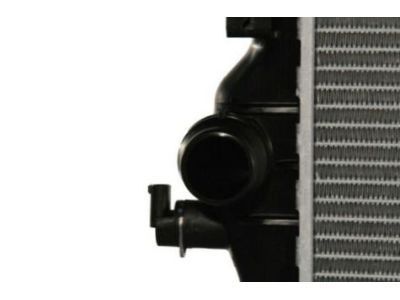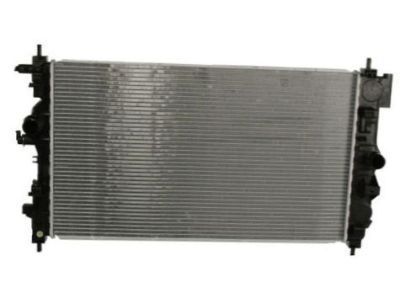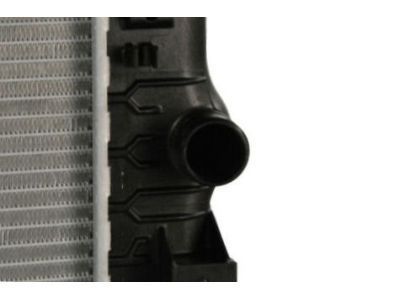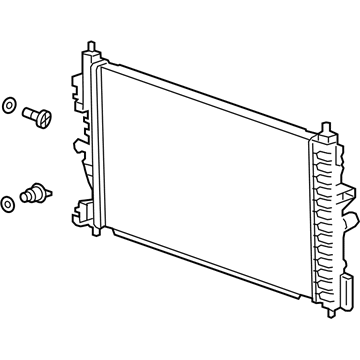
My Garage
My Account
Cart
Genuine Chevrolet Cruze Radiator
Cooling Radiator- Select Vehicle by Model
- Select Vehicle by VIN
Select Vehicle by Model
orMake
Model
Year
Select Vehicle by VIN
For the most accurate results, select vehicle by your VIN (Vehicle Identification Number).
11 Radiators found
Chevrolet Cruze Engine Radiator Assembly
Part Number: 39116554$162.42 MSRP: $255.38You Save: $92.96 (37%)Ships in 1-3 Business DaysChevrolet Cruze Radiator Assembly
Part Number: 13311079$192.33 MSRP: $302.40You Save: $110.07 (37%)Ships in 1-3 Business DaysChevrolet Cruze Engine Radiator Assembly
Part Number: 39126594$184.07 MSRP: $276.39You Save: $92.32 (34%)Ships in 1-2 Business DaysChevrolet Cruze Radiator Assembly
Part Number: 13393984$247.91 MSRP: $375.62You Save: $127.71 (34%)Ships in 1-3 Business DaysChevrolet Cruze Radiator Assembly
Part Number: 13267669$188.93 MSRP: $286.25You Save: $97.32 (34%)Ships in 1-2 Business DaysChevrolet Cruze Engine Radiator Assembly
Part Number: 39116555$104.78 MSRP: $156.62You Save: $51.84 (34%)Ships in 1-3 Business DaysChevrolet Cruze Radiator Assembly
Part Number: 39055162$114.03 MSRP: $171.23You Save: $57.20 (34%)Ships in 1-3 Business Days
Chevrolet Cruze Radiator
Chevrolet Cruze Radiator is one of the important part of Vehicle System which helps for maintain the engine temperature. The radiator is used to help expel the heat from the engine coolant, after which the air within the radiator also gets heated up. Most Cruze radiators have an aluminum core and a plastic or aluminum tank but it also comes with a copper/brass option. Born on the front part of the vehicle, the radiator takes heat from the engine coolant passing through it, the fins in it conduct heat then expels them for enhanced cooling process. performance radiators increase upon the stock units being made of lightweight aluminum and enhanced design to increase its performance characteristics as a heat exchanger and a flowing fluid. These radiators have bigger tubes and more fins for heat exchange and the cooler engine. There are easy fit models for simple installation, and then there are universal models for almost any installation need. Chevrolet Cruze Radiators feature computer designed high capacity beading for superior cooling efficiency and the latest technology in high output electric cooling fans as options for street rods, custom cars and race cars.
Each OEM Chevrolet Cruze Radiator we offer is competitively priced and comes with the assurance of the manufacturer's warranty for the part. Furthermore, we guarantee the speedy delivery of your orders right to your doorstep. Our hassle-free return policy is also in place for your peace of mind.
Chevrolet Cruze Radiator Parts Questions & Experts Answers
- Q: How to remove the Radiator on Chevrolet Cruze?A:To remove the radiator, start by disconnecting the cable from the negative battery terminal. Then, remove the front bumper cover and the grille support and cover if they are present. On 1.8L models, remove the air intake ducts. Drain the cooling system and save the coolant if it is in good condition. Disconnect the upper and lower radiator hoses, and remove the charge air cooler on 1.4L models. On 1.8L models, disconnect the electrical connector to the air conditioning pressure switch and remove the harness from around the radiator. On 2016 and later models, remove the air deflectors from each side of the radiator. On automatic transaxle models, disconnect the transaxle oil cooler inlet line and remove the transmission cooler line clips. On 2015 and earlier models, remove the hood latch. On 2016 and later models, disconnect the electrical connector from the air conditioning pressure sensor and unclip the condenser. Unclip the cooling fan shroud from the radiator and remove the radiator upper mounting bolts and brackets on 2015 and earlier models. Carefully lift the radiator out. On 2016 and later models, remove the radiator lower bracket mounting bolts and the radiator assembly with the help of an assistant. Slide the lower mounts off the radiator studs, remove the cooling fan assembly, and unclip the charge air cooler. Make sure the rubber radiator insulators remain in place. To install the radiator, inspect the rubber insulators and make sure they are clean and intact. Install the radiator by reversing the removal steps, ensuring that the condenser and fan shroud are properly seated. Fill the cooling system with the correct mixture of antifreeze and water, reconnect the battery, and start the engine to check for leaks. Finally, check and add fluid as needed on automatic transaxle equipped vehicles.

